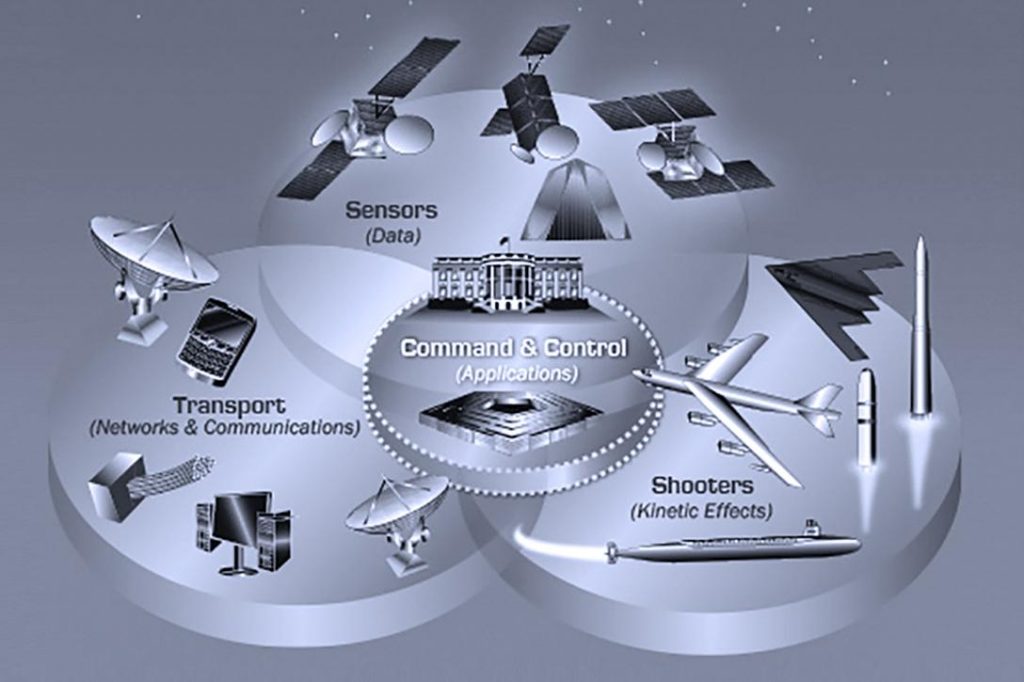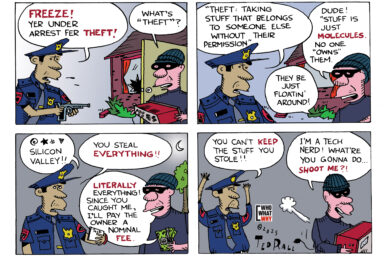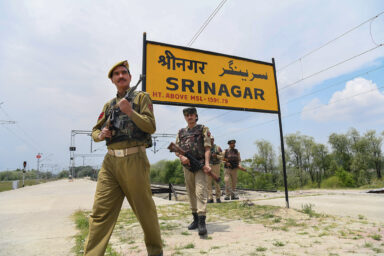President Trump now has the launch codes to the nuclear arsenal. Though many feared this reality, this Classic WhoWhatWhy article demonstrates that the US has had much to fear concerning nuclear weapons long before Trump came on the scene.
Even with sane, reasonable professionals in charge, the US has come close to the brink of nuclear disaster multiple times. To ensure that nothing worse happens under President Donald Trump than these near misses, two Democrats have introduced legislation that would keep his fingers away from the infamous “red button.”
The “Restricting First Use of Nuclear Weapons Act” would prevent the president from authorizing a first strike without a congressional declaration of war.
“It is a frightening reality that the US now has a commander-in-chief who has demonstrated ignorance of the nuclear triad, stated his desire to be ‘unpredictable’ with nuclear weapons, and as President-elect was making sweeping statements about US nuclear policy over Twitter,” said Rep. Ted Lieu (D-CA), who introduced the measure in the House of Representatives.
Throughout the presidential election, Democrats and Republicans alike expressed concerns over handing the famously brash and thin-skinned Trump the key to the US nuclear arsenal. Now that this has happened, it is worth remembering how close the world has come to nuclear conflict in the past.
We compiled a list of these near misses and believe this story, which originally ran June 11, 2016, is now more relevant than ever.
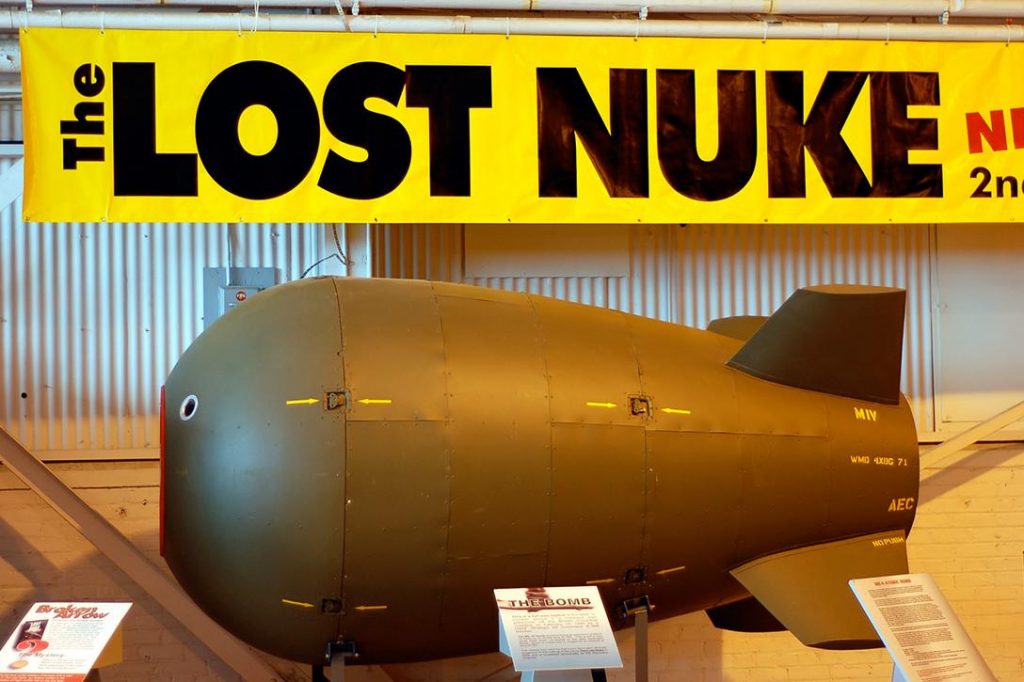
Both Republicans and Democrats have expressed concern about entrusting presumptive GOP nominee Donald Trump with the country’s nuclear codes. Some have wondered aloud if the ultimate weapons of mass destruction should be under the control of someone so erratic and vindictive.
The prospect of Trump’s finger on such a trigger makes a lot of people across the globe uneasy. But the truth is, no matter who serves as commander-in-chief, a nuclear holocaust has always been closer than we think — because of faulty equipment, dumb accidents and apparently irreducible human error.
The Union of Concerned Scientists has now put together a list of some of the near misses the world has survived. Each one is hair-raising. Taken together, they are utterly terrifying.
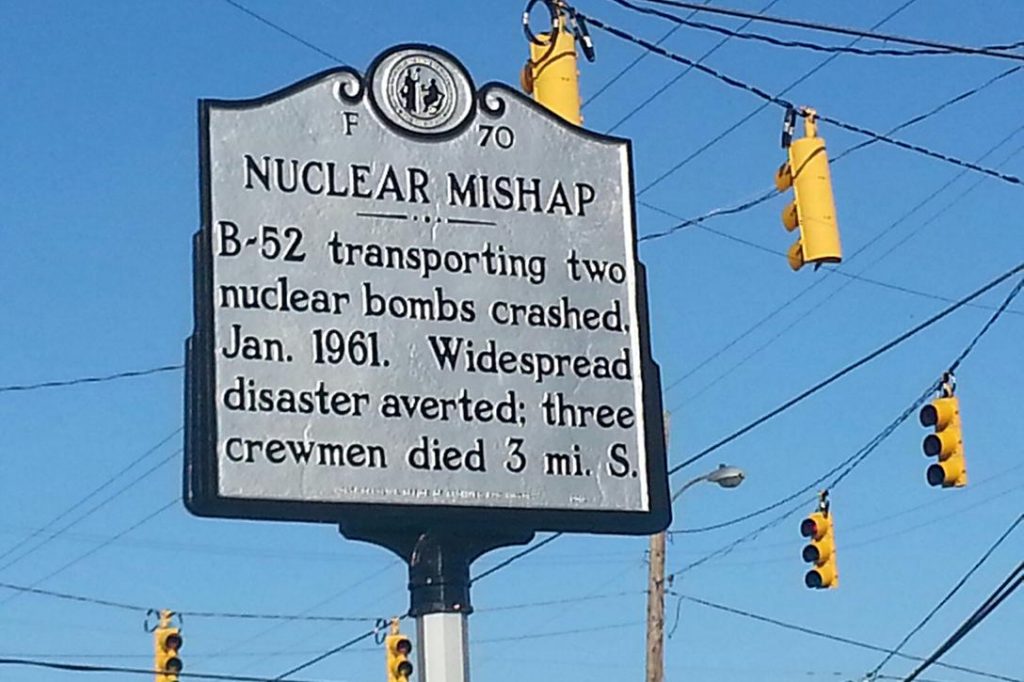
Bombs on a Plane
.
Putting nuclear weapons on manned airplanes has led to near disasters several times. In 1966, a bomber carrying four nuclear warheads collided with a refueling plane and crashed over Spain (the link will take you to a Pentagon memo detailing 32 accidents involving nuclear weapons from 1950-1980).
Two of the bombs exploded but neither nuclear warhead was triggered. Another bomb landed in a riverbed and was recovered, while the fourth fell into the Mediterranean and was not secured for several weeks.
While none of the nuclear warheads went off, some plutonium was released at the crash site, which remains contaminated to this day.
Five years earlier, a B-52 bomber broke apart in flight and the two nuclear weapons it carried dropped on North Carolina. The arming sequence of both bombs began, and one slammed into the ground after its parachute failed. While the chute of the other nuclear weapon deployed, five of its safety devices failed and the one that prevented the bomb from going off was later found to be defective in other nuclear bombs.
A uranium-containing part of one of the bombs was never recovered.
The horror stories of close calls do not end in the 1960s. Less than ten years ago, a bomber was mistakenly loaded with six nuclear-armed cruise missiles and sat unguarded at an Air Force base in North Dakota overnight. Then the plane took the weapons to Louisiana, where they were once again left unguarded until a maintenance crew realized that it held live nuclear weapons.
Faulty Chips and Crossed Wires
.
But nuclear weapons are not just a risk while in the air. There have been many instances in which things went mind-numbingly wrong on the ground.
In 1961, the US assumed it was under attack and ordered all bombers to prepare for takeoff.
The assumption was based on an inability to reach either an early warning radar system in Greenland or the North American Aerospace Defense (NORAD), which led officials to think that an attack might be underway.
It was later determined that a faulty AT&T switch was to blame and that the company had not installed a backup system — even though it said it had.
Nearly two decades later, at a high point of tension between the US and the Soviet Union, a defective computer chip costing less than 50 cents caused US missile-defense officials to believe that the Soviet Union had launched more than 2,000 nuclear missiles.
It took six minutes to correct the mistake. Had this incident not taken place in the middle of the night, it is conceivable that the US could have “retaliated.”
In 2010, there was another significant malfunction: the launch control center at Warren Air Force Base lost contact with 50 nuclear missiles for an hour. The reason: an incorrectly installed circuit card.
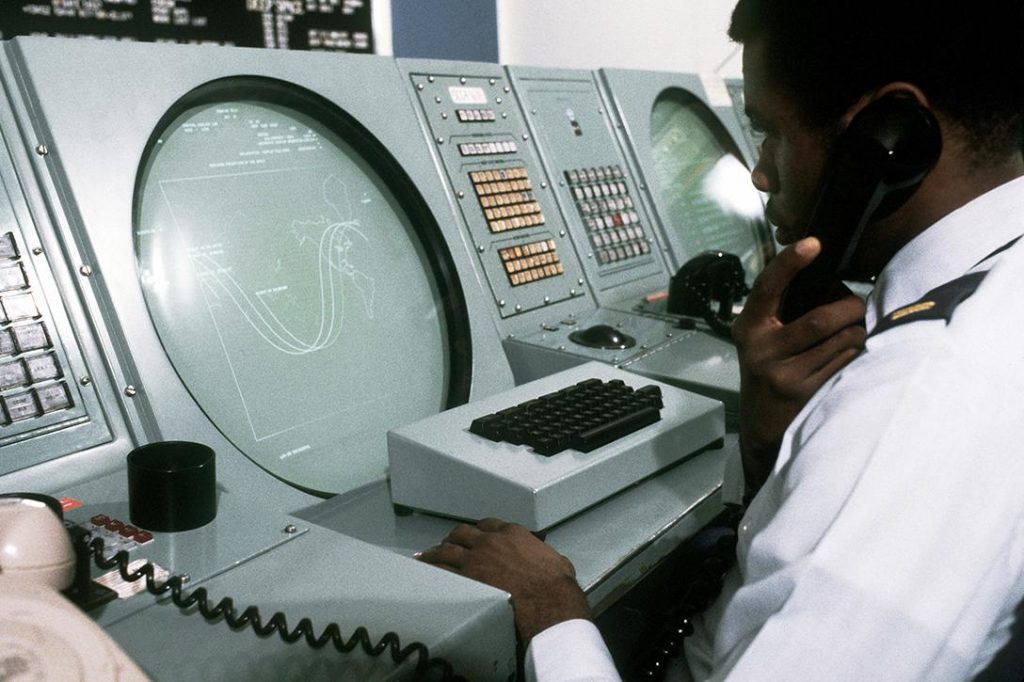
Wrenches, Bears, and Simulations
.
And then there are the cases that seem stranger than fiction.
In 1979, NORAD computers showed a massive Soviet attack on the US — with missiles raining down from mobile launch sites and silos alike. American bombers were readied for a retaliatory strike that was only called off when US early warning stations and satellites could not confirm the inbound missiles.
What had happened? A technician had mistakenly loaded a tape with a training exercise onto an operational computer.
Another time, a maintenance worker dropped the socket from a socket wrench into an underground missile silo, releasing the missile’s propellant. Despite efforts at containment, the fuel exploded and the nuclear weapon shot up in the air and crashed near the entrance of the base. That particular warhead was more powerful than all bombs used in World War II combined.
In another incident, a bear breached the perimeter fence at a base in Minnesota — and was mistaken for a saboteur.
All surrounding bases were alerted that a Soviet sabotage effort might be under the way. Because the alarm at Wisconsin’s Volk Field was wired incorrectly, nuclear-armed fighters there were ordered to take off. As they were sitting on the runway waiting for clearance, a staffer rushed out to alert the pilots that they should stay put. He saved the day by flashing the headlights of his truck — because the base had no control tower!
Some of these stories might qualify as slapstick-comical if they had not nearly resulted in the deaths of thousands — or even the end of the world as we know it. And these are only the incidents we know about on the US side.
Not surprisingly, the Soviet Union has had plenty of near misses, which the Union of Concerned Scientists also details.
While many of these cases show that it does matter whose finger is on the trigger, together they add up to unblinkable evidence that the mere existence of nuclear weapons — combined with poor regulation and an ever-fertile fund of human stupidity — constitutes a clear and present danger to us all.
Related front page panorama photo credit: Adapted by WhoWhatWhy from Donald Trump (The White House / Wikimedia) and meeting (The White House).

